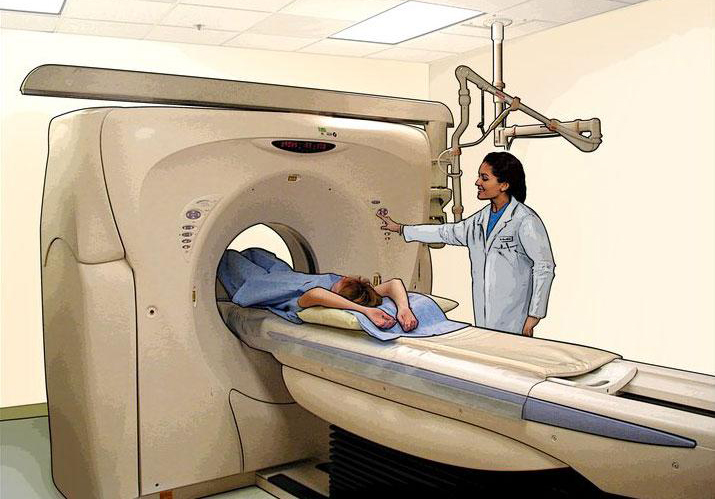VANESSA'S STORY
FRANK'S STORY
Who should get screened for lung cancer?
-
If you’re 50 or older and have a history of heavy smoking, ask your doctor about lung cancer screening.
Nearly 1,000 Maine people die of lung cancer each year, and 75% of lung cancers are diagnosed at a late stage. Getting screened for lung cancer before you develop symptoms could save your life.
Screening for lung cancer is based on your age AND your smoking history. Guidelines from the U.S. Preventive Services Task Force state that lung cancer screening should be offered to adults who meet all three of the following criteria:
- Aged 50 to 80, AND
- Have a 20-pack-year smoking history (for example, smoked 1 pack of cigarettes a day for 20 years, or 2 packs a day for 10 years), AND
- Either smoke currently or have quit within the past 15 years.
The Centers for Medicare & Medicaid Services requires patients to meet with their health care provider for counseling and shared decision-making before their first lung cancer screening. Many other insurances also require a shared decision-making visit in order to be screened. This visit includes a discussion of:
- The pros and cons of screening
- The importance of being screened annually
- The importance of tobacco treatment for patients who are current tobacco users
- Your preferences and values as a patient
What test is used to screen for lung cancer?
The only recommended screening test for lung cancer is Low-dose Computed Tomography, or LDCT. During this test, an X-ray machine scans the body with low doses of radiation to take detailed pictures of the lungs. The images from the LDCT scan provide more detailed information than regular X-rays. The scan is painless and only takes a few minutes. The test should be done every year as long as no cancer is found.
Low-dose Computed Tomography (LDCT) is the test used to screen for lung cancer.
Click here for more information on lung cancer screening recommendations.
How do I prepare for a LDCT scan?
- Inform your doctor if you have, or have recently had, a respiratory tract infection. Respiratory infections can cause abnormalities on CT scans that may require additional scans or tests. These extra tests could be avoided by waiting for the infection to clear.
- Remove any metal you are wearing. Metals can interfere with the image, so you may be asked to remove any metal such as, jewelry, glasses, hearing aids, and dentures.
Wear clothes that don’t have metal buttons or snaps including underwire bras. If your clothing has too much metal, you may be asked to change into a gown.
What is lung cancer?
Lung cancer is a disease that affects both men and women of all racial and ethnic groups. It forms in the tissues of the lungs, where it can then spread to other parts of the body. There are two main types of lung cancer: small cell and non-small cell. Non-small cell lung cancer is more common than small cell lung cancer. In the past, nearly 75 percent of all lung cancers in Maine have been found at a late stage, when they are hard to treat. Lung cancer screening with LDCT can change this by finding cancer early, when it is easier to treat. It could save your life.
Click here for more information on lung cancer.

Lung Cancer Information Cards:
LOWERING YOUR RISKS
Smoking is by far the leading cause of lung cancer, responsible for 80-90% of cases. So not smoking is the most important thing you can do to lower your risk.
- If you don’t smoke or use tobacco—don’t start. If you do smoke or use tobacco—quit. No matter how long you have smoked, quitting can reduce your risk for cancer and other chronic diseases. Quitting smoking can be hard for many people. There is a lot of help out there so don’t give up – keep trying. For more information about quitting smoking or the use of tobacco/nicotine products, call the Maine QuitLink at 1-800-QUIT-NOW, or visit MaineQuitLink.com.
- Avoid secondhand smoke.
Breathing in smoke from tobacco smoked by others increases your risk for lung cancer. - Test your home for radon.
One in three homes in Maine has high levels of radon. Radon is the second leading cause of lung cancer, and the leading cause of lung cancer in people who don’t smoke. Radon is a colorless, odorless gas that comes up from the ground and into buildings and homes through cracks in floors, walls, and foundations. The gas can be breathed in by those living in the home. The only way you can know if radon is a problem is to have the air and water in your home tested. If you smoke and live in a home with radon, your risk of getting lung cancer is even higher.
Click here for more information on radon and radon testing.




